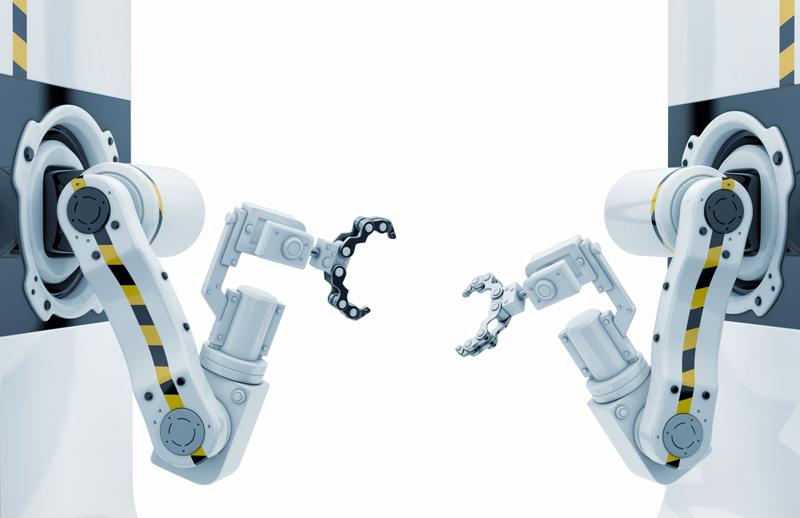With a brand new year underway and the promise that a fresh start engenders, business owners can't help but wonder: What will the supply chain be like in 2022? Here's what the experts are saying about what to anticipate.
1. Challenges will persist
The supply chain problems didn't happen overnight; they won't resolve themselves that quickly either. Kevin Beasley, chief information officer for a prominent cloud solutions provider, noted in Forbes that some of the more highly used materials — such as paper and plastic — are in short supply. This fact will have a domino-like effect on the availability of other merchandise because those materials are needed for manufacturing. Combining this reality with industry struggles to fill open positions — particularly in the manufacturing and warehousing space — translates to "continued order delays, supply shortages and potential unhappy distributors, retailers and consumers."
2. Automation to pick up the slack
Because of workplace shortages, automation is poised to expand. Beasley said 2021 saw a dramatic rise in automation technology implementation, particularly in warehousing environments. Combining artificial intelligence with automation is a cost-effective way for companies to accomplish certain rote tasks that don't require much in the way of thought, such as stocking and inventory counts.

3. Supply chain kinks could clear in the back half of 2022
While the first several months of 2022 will feel like history repeating itself in terms of the supply chain's overall performance, disruptions could dissipate as the year progresses. In a report published in December, trade credit insurer Euler Hermes said a combination of factors point to a healthier supply chain in the second half of 2022, according to CNBC. These factors include a more normalized rate of consumption (the report suggests demand has reached its peak), inventories returning to where they were prior to the pandemic and shipping vessels being able to transport more goods than they do currently thanks to increased capacity.
"The rapidly growing new transportation capacity orders … should turn operational towards the end of 2022, which should significantly ease shipping bottlenecks," CNBC cited from the Euler Hermes supply chain forecast.
However, it's worth noting that certain economists believe the supply chain challenges will remain constant for the entirety of 2022. Patrick Gelsinger, CEO of the tech giant Intel, has said as much, particularly as it pertains to the availability of computer chips.
4. More regular use of data to guide decisions
From key performance indicators to customer feedback from online reviews, data comes in all forms and formats and provides the visibility businesses need to see how things are going. Agnes Schliebitz-Ponthus, senior vice president of product at Fluent Commerce, said she anticipates companies will double down on data so they can keep their supply chains running smoothly, IndustryWeek reported.



Post A Comment:
0 comments so far,add yours